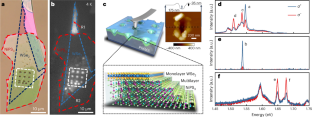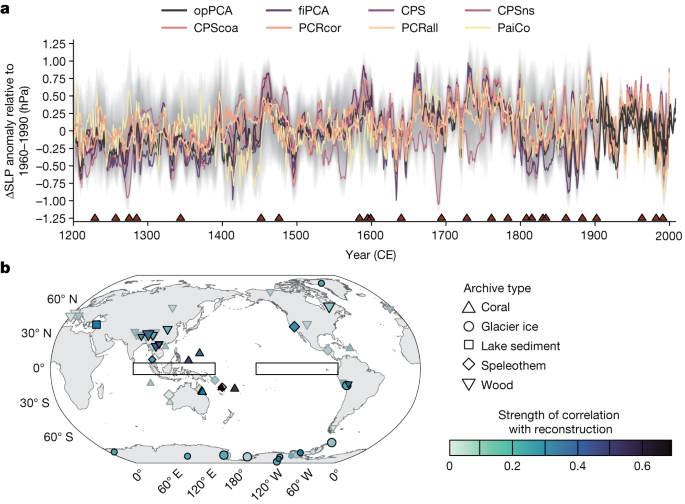2023-08-24 ワシントン州立大学(WSU)
◆この研究は、都市の雨水排水がギンザケにとって有害であることを強調し、生物濾過が急性致死性毒性を防ぐのに効果的であることを示しています。ただし、これだけでは問題のすべてを解決できないため、排水に有害な物質の流入を防ぐ対策も必要です。
<関連情報>
- https://news.wsu.edu/press-release/2023/08/24/stormwater-biofiltration-increases-coho-salmon-hatchling-survival/
- https://www.sciencedirect.com/science/article/pii/S0048969723043826
生物濾過は、都市雨水流出水に一時的に暴露されたギンザケの急性死亡を防止し、慢性毒性を軽減する。 Bioretention filtration prevents acute mortality and reduces chronic toxicity for early life stage coho salmon (Oncorhynchus kisutch) episodically exposed to urban stormwater runoff
Jenifer K. McIntyre, Julann Spromberg, James Cameron, John P. Incardona, Jay W. Davis, Nathaniel L. Scholz
Science of The Total Environment Available online: 24 July 2023
DOI:https://doi.org/10.1016/j.scitotenv.2023.165759

Highlights
•Juvenile and adult coho salmon die from brief (<24h) exposure to roadway runoff
•Are early life stages similarly sensitive, affecting species recovery?
•Coho embryos were intermittently exposed to road runoff during development
•Embryo survival in runoff was high (>90%) but 87% of alevin (hatched) died
•Bioretention filtration prevented all mortality and reduced sublethal toxicity
Abstract
As the human population of western North America continues to expand, widespread patterns of urban growth pose increasingly existential threats to certain wild stocks of Pacific salmon and steelhead (Oncorhynchus sp.). Rainfall previously absorbed into the soils of forests and grasslands falls instead on pavement and other hardened surfaces. This creates stormwater runoff that carries toxic metals, oil, and many other contaminants into salmon-bearing habitats. These include freshwater streams where coho salmon (O. kisutch) spawn in gravel beds. Coho salmon embryos develop within a thick eggshell (chorion) for weeks to months before hatching as alevins and ultimately emerging from the gravel as fry. Untreated urban runoff is highly toxic to older coho salmon (freshwater-resident juveniles and adult spawners), but the vulnerability of the earliest life stages remains poorly understood. To address this uncertainty, we fertilized eggs and raised them under an episodic stormwater exposure regimen, using runoff collected from a high-traffic arterial roadway from 15 discrete storm events. We monitored survival and morphological development, as well as molecular markers for contaminant exposure and cardiovascular stress. We also evaluated the benefit of treating runoff with green infrastructure (bioretention filtration) on coho salmon health and survival. Untreated runoff caused subtle sublethal toxicity in pre-hatch embryos with no mortality, followed by high rates of mortality from exposure at hatch. Bioretention filtration removed most measured contaminants (bacteria, dissolved metals, and polycyclic aromatic hydrocarbons), and the treated effluent was considerably less toxic – notably preventing mortality at the alevin stage. Our findings indicate that untreated urban runoff poses an important threat to early life stage coho salmon, in terms of both acute and delayed-in-time mortality. Moreover, while inexpensive management strategies involving bioinfiltration are promising, future green infrastructure effectiveness research should emphasize sublethal metrics for contaminant exposure and adverse health outcomes in salmonids.



